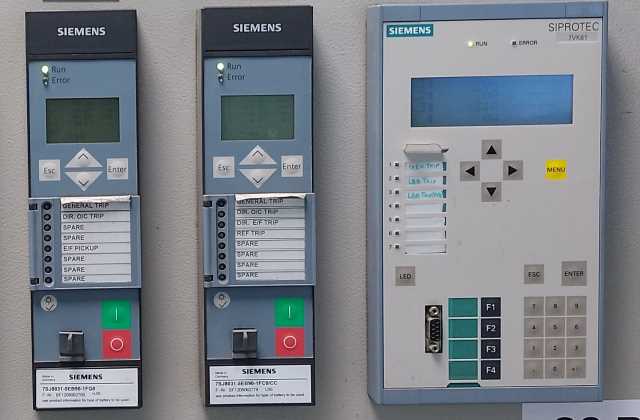Anti pumping relay is used in the circuit breakers to prevent unwanted closing of the breaker after immediate tripping. Due to failure of the TNC switch (Trip normal close) or any other discrepancy in the CB closing circuit, continuous CB close command can be extended to the closing coil. In that condition, after tripping the circuit breaker, the CB is closed immediately for the persisting close command. This unwanted closing of the circuit breaker may create a safety hazard and failure of the equipment.
Anti pumping relay diagram & working principle

Generally, a DC contactor is used as Anti pumping relay in the circuit breaker. As shown in the diagram, NC (normally closed) contact of the relay is used in a series of the CB closing coil. If the relay is not operated, under that condition the CB closing DC can be extended to the closing coil. If the relay is operated, the NC contact will change to NO (normally open) and it will break the DC of the CB closing circuit.
DC closing command DC is used for the operation of the Anti pumping relay. As shown in the diagram, S1 is the NO contact of the CB auxiliary switch and it changes as per the CB open-close position. A2 contact is the NO contact of the relay and it changes the position as per the operation of the relay.
Generally, CB close command is given for 100 ms for the operation of the close coil. After closing the CB, S1 contact changed to NC contact. If the DC close command is persisting and the CB is closed position, under this condition CB close command DC can be extended to the relay and the relay will operate.
After the operation of the relay, the A2 contact changed to the NC position and the DC also extended through the A2 contact. After tripping the CB, the position of S1 contact changed to the NO position. However, the Anti pumping relay is under operating condition through A2 contact and it will block further closing of the CB.
